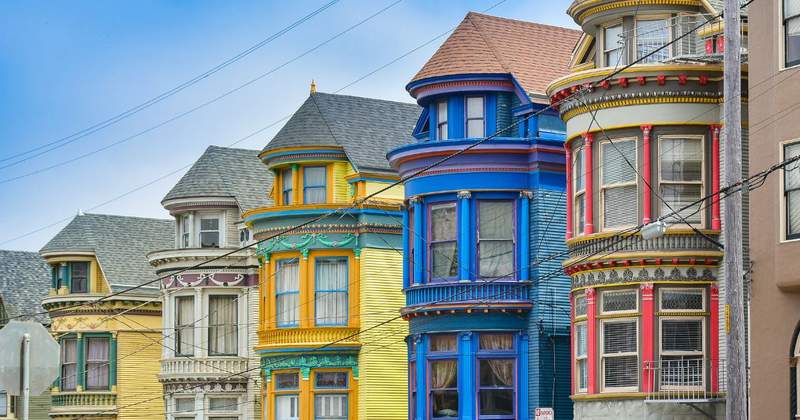Older homes come with built-in history, a unique character and nostalgic charm. But over many…
How Does the Prime Rate Impact Loans?
In 2022, the prime rate went up by 4 points, going from 3.5% to 7.5%. This happened because the Federal Reserve wanted to better manage inflation. By July 2023, the prime rate had gone up to 8.5%
But what does all of this actually mean? What is the prime rate, and how does it impact financial products like credit cards and loans? Why does it fluctuate and how?
What is the prime rate?
The prime rate refers to the best possible interest rate a lender can offer to a borrower. Only the most creditworthy of borrowers with the lowest risk of default are eligible. As a result, the prime rate is typically reserved for corporations.
Individual financial institutions determine the prime rate, not the federal government. However, the prime rate is heavily influenced by the federal funds rate set by the Federal Open Market Committee (FOMC). In most cases, the prime rate equates to the current federal funds rate plus 3%.
How does the prime rate impact financial products?
Lenders use the prime rate as a benchmark for determining consumer interest rates on financial products like loans and credit cards. For example, a low-risk borrower might receive the prime rate plus 9% (compared to 15% for high-risk borrowers).
When the prime rate fluctuates, so do the interest rates consumers receive. Prime rate fluctuations also impact variable-rate products like credit cards, adjustable mortgages and home equity loans.
What makes the prime rate go up and down?
The prime rate isn’t fixed, has no limits and can fluctuate over time. Fluctuations tend to coincide with changes in the federal funds rate, the benchmark most commonly used to determine prime rates. But the prime rate can also be impacted by inflation and loan demand.
Want to learn more about your loan options? Get in touch.




